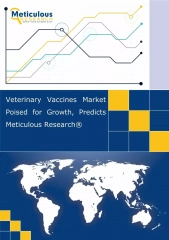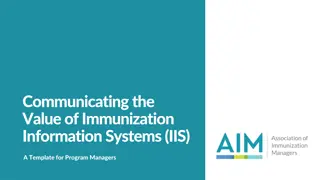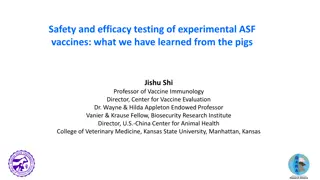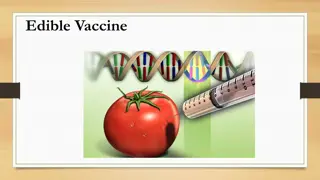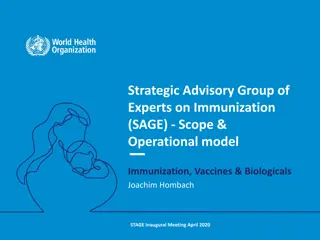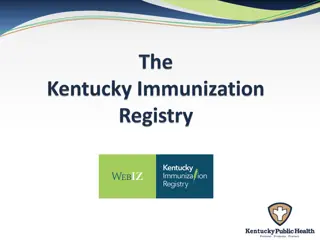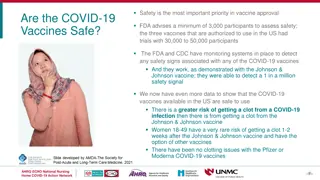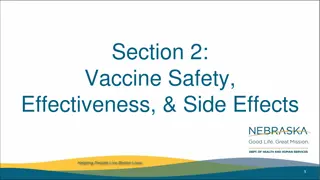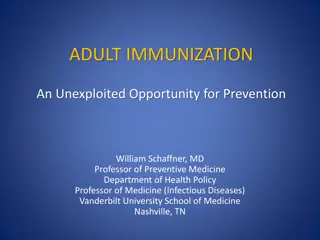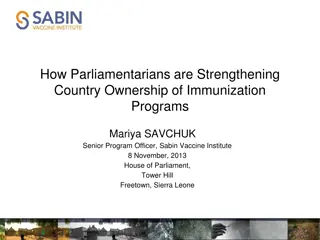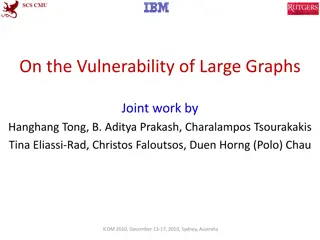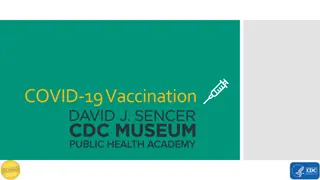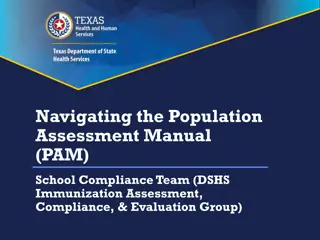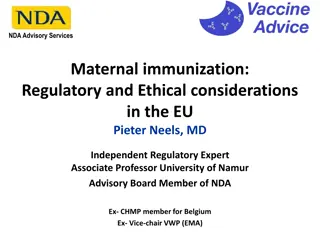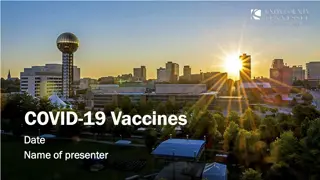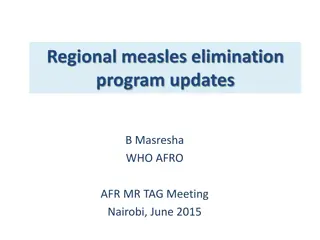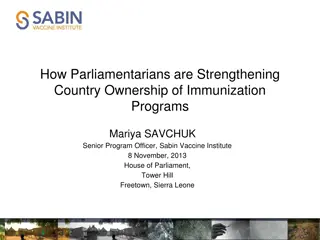Understanding Immunization: Types and Vaccines Explained
Immunization against infectious diseases has been a major success in medicine, with active immunization using vaccines providing protection. This article discusses the different types of vaccines including live attenuated, killed or inactivated, toxoids, and cellular fractions, highlighting their characteristics and examples. Understanding the basis of vaccination in active immunity is crucial for appreciating how vaccines work to prevent diseases effectively.
Download Presentation

Please find below an Image/Link to download the presentation.
The content on the website is provided AS IS for your information and personal use only. It may not be sold, licensed, or shared on other websites without obtaining consent from the author. Download presentation by click this link. If you encounter any issues during the download, it is possible that the publisher has removed the file from their server.
E N D
Presentation Transcript
Introduction Immunization against infectious diseases is on of the greatest successes of modern medicine last 200 years of Edward Jenner, vaccination has controlled nine major diseases- smallpox, diphtheria, pertussis, tetanus, poliomyelitis, mumps, measles, rubella and yellow fever. Immunization is three types active immunization, passive immunization and combined passive and active immunization.
Active immunization Active immunization is carried out using vaccine which provide protection against different diseases. The basis of vaccination in active immunity involves both humoral and cell mediated immunity. Active immunity is associated with specificity and immunological memory (primary and secondary responses). The vaccines used for immunization may be live, killed or in other forms like toxoids, subunits and recombinant vaccines. Live attenuated vaccines: 1. These are prepared from live microorganisms. These organisms that have lost their ability to cause disease but which retain immunogenicity to induce immune response and generate memory cells are said to be attenuated.
They are grown in altered culture conditions for prolonged periods to achieve attenuation. Live vaccines are more potent immunising agents than killed vaccines. These live organisms multiply in the host therefore, the resulting antigenic dose is higher than what is injected. Live vaccines retain all major an antigenic components. Oral polio, measles, mumps and BCG vaccines are common examples. 2. Killed or inactivated vaccines: Killed vaccines are relatively less efficacious. Here, pathogens are inactivated by heat or chemicals. Such Vaccines induce immune response but will not cause disease. Killed Vaccines require primary and booster doses. They are stable and safer and do not require cold facilities for storage. Example of killed Vaccines are the cholera, influenza, pertussis , plague, rabies and hepatitis AVaccines.
3. Toxoids: Exotoxins produced by certain microorganisms are responsible for causing disease such as diphtheria and tetanus. Toxoids used as Vaccines are purified toxins inactivated by treatment with formaldehyde. Antibodies generated against toxoids neutralise the toxic moiety produced during infection, rather than acting upon the pathogen. Some toxoid are mixed with other vaccines to enhance their antigenicity. In the DPT (diphtheria pertussis tetanus) Vaccine, diphtheria and tetanus toxoids are combined with the pertussis vaccine act as adjuvant. The two toxoid vaccines commonly used for immunization are diphtheria and tetanus.
Cellular fractions (bacterial polysaccharide): Certain vaccines are prepared from extracted cellular fractions of microorganisms.Examples are the meningococcal vaccine from the polysaccharide antigen of the cell wall and the pneumococcal vaccine from the polysaccharides contained in the capsule of the organisms . There safety and efficacy is high but they are of limited use. Other vaccines. Subunit vaccines. They are produced from purified macromolecules derived from immunogenic components of pathogenic microorganisms by recombinant DNA technology. Other candidate vaccines for influenza, HbSAg and HIV are now being incorporated in micelles, liposomes, isocoms and virosomes for better delivery. Recombinant Vaccines. Genes encoding antigens are cloned in bacteria, yeast and mammalian systems using technology. The expressed antigenic proteins are purified and used as Vaccines. Examples are the hepatitis B and pertussis vaccines. Surface antigen of the hepatitis virus was the first recombinant vaccine cloned in yeast. Since purified proteins are used, adverse reactions are minimal.
Routine immunization schedules Routine immunization schedules have been developed for different countries and modified from time to time, based on the prevalence of infectious diseases, their public health importance, availability of suitable vacancies, their cost benefit factors, and logistics. In India, Expanded Programme on Immunization (EPI) and the Universal Immunization Programme (UPI) have been able to provide protection against VPDs for much of the target population.
WHO Universal Immunization Programme In May 1974, the WHO officially launched a global immunization programme know as Expanded Programme of Immunization (EPI) to protect all children of the world against six Vaccine preventable diseases, diphtheria, whooping cough, tetanus, poliomyelitis, tuberculosis and measles by the year 2000. EPI was launched in India in January 1978. WHO EPI immunization schedule is given in table. This programme is now called Universal Child Immunization, 1990. The immunization schedule may be altered to suit the local needs of individuals and groups. Interruption of the schedule with a delay between doses does not interfere with the final immunity achieved. boo In addition, hepatitis B vaccine may be given at birth, 1 month and 6 months and 6 months of age and booster dose at the age of 10 years. Children of the age of 15 months may be given MMR vaccine, followed by a booster at the age of 4-6 years.
Passive immunization Passive immunization is used when it is considered necessary to protect a patient at short notice and for a limited period. Three types of preparations are available for passive immunization- homologous and heterogeneous Sera, pooled immunoglobulins and specific immunoglobulin's. Homologous and heterogeneous Sera: Antitoxic, antibacterial or antiviral antibodies in human Homologous or animal heterogeneous serum are injected to give temporary protection. Homologous Sera confer protection for 3-6 months, whereas protection afforded by a heterogeneous serum is likely to last for only a few weeks.
Pooled Immunoglobulins: Pooled normal human serum contains protective levels of antibodies to range of disease. It may be used for short- term prophylaxis in case of exposure to hepatitis A or measles. Specific immunoglobulins: Specific immunoglobulins are available for passive immunization against tetanus human tetanus immunoglobulin, (HTIG), hepatitis B (HBIG) , rabies (HRIG) and varicella- zoster (ZIG).
Combined Active and Passive Immunization In special cases, combined active and passive immunization is preferred, where immediate passive immunity has to be provided, till active immunization generates specific immune response to the particular disease/ infection. Here, a combination of vaccines diphtheria tetanus and rabies is given simultaneously but injected at two different sites.
References Textbook of Medical Microbiology by Ananthnarayan, Paniker, D.R. Arora Textbook of Medical Microbiology by C.P Baweja











